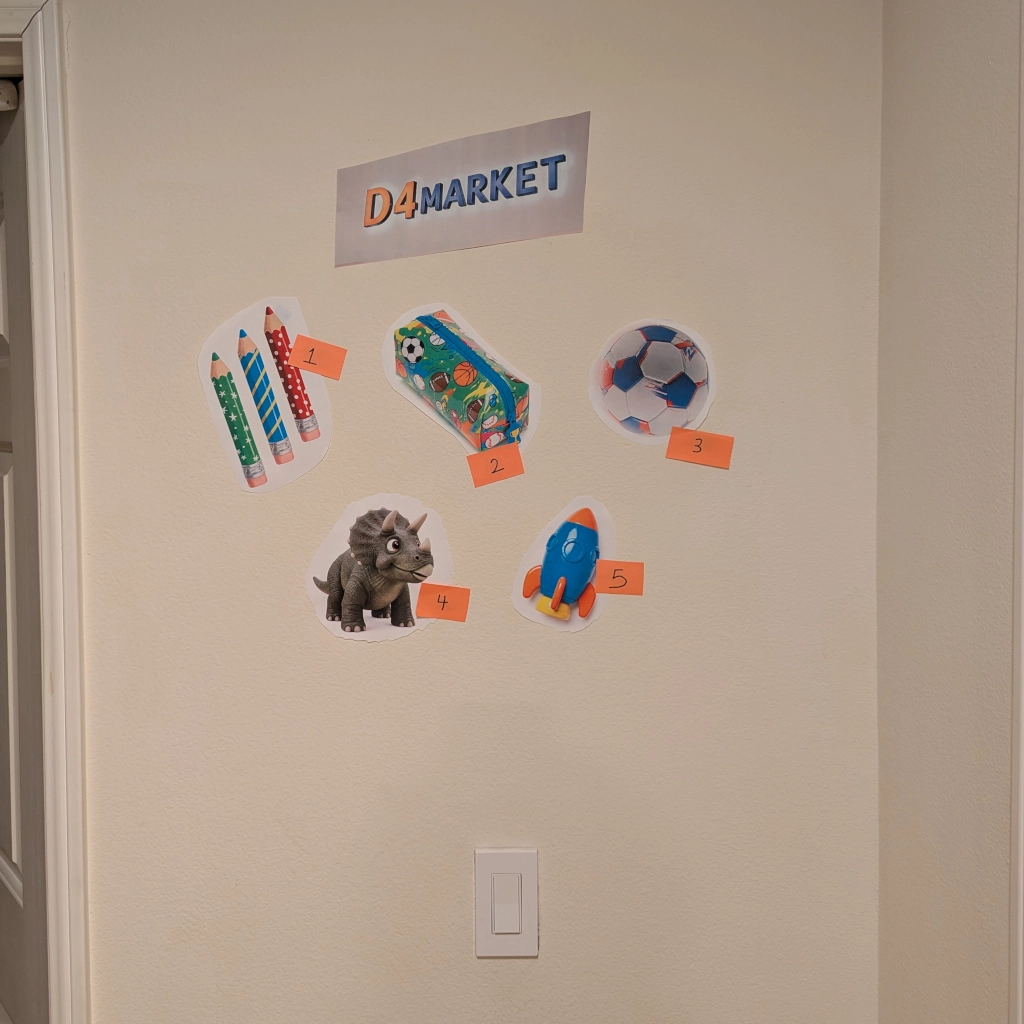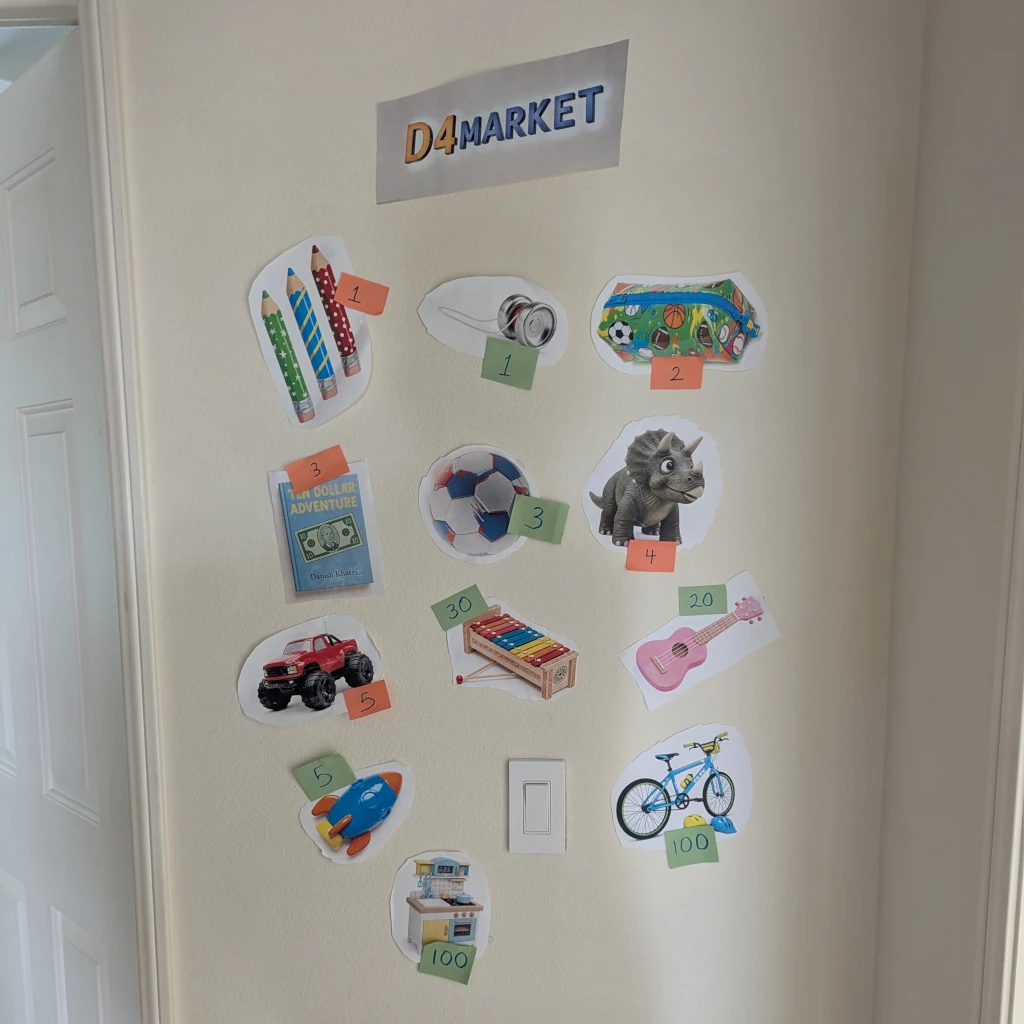
Teaching Kids about Money in the Age of Tap to Pay
I grew up with everyday transactions involving a physical exchange of cash. Each weekday, my mother would engage in feverish negotiations with visiting mama mbogas (mobile vegetable vendors) , ultimately handing over a few notes or coins in exchange for fresh produce. On weekend mornings, I would prod my father to give me 5 shillings so I could walk to the neighborhood stand to buy the newspaper. I enjoyed the grown-up responsibility of making a purchase, but more so, I could guarantee being the first to read the newspaper in its crisp, unmangled, original form. Handling physical money made it easier to understand its value. Handing over 10 shillings and receiving 5 back along with a newspaper provided an implicit training in basic arithmetic, and understanding of the monetary value of goods.
As I've thought about how to introduce the concept of money to my own children, I've realized the landscape has drastically changed. Our suburban neighborhood lacks the newsstand of my youth, and most of our daily transactions are now cashless, invoked magically over air gaps or with finger taps and mouse clicks. This presents a unique challenge for teaching young minds about the tangible nature of money. I briefly considered simulating cashless transactions, perhaps even exploring the use of NFC cards and a simple web app, but ultimately decided that these digital interactions lack the distinct feeling of physical exchange [1]. I suspected cashless transactions wouldn't provide the same concrete learning experience as using physical cash, especially for young children. For instance, receiving a dollar a day in allowance would feel more meaningful if the money was tangible, and the accumulation of that allowance would be less perceivable on a plastic NFC card. Believing the learning experience would be better with physical cash, and given my kids are 3 and 6, I opted for colorful print-at-home play money for this initial lesson. I designed some play bills in Inkscape and printed several 1s for the lesson.
With the play money ready, it was time to introduce the game to my children. I invited them to the couch for an overview. The 6-year-old was elated at the prospect of a week-long game. His excitement grew when I explained they would each receive an initial allowance of $3, followed by $1 each evening for a week. The 3-year-old mirrored her brother's enthusiasm but quickly grew restless as my explanation stretched beyond thirty seconds. I cut it short and presented them with two envelopes each: one marked "Wallet" and the other "Bank Account." Each time they received their allowance, they had a choice: keep it in their personal "Wallet" or deposit it into a "Bank Account" held by Mom & Dad, ensuring the money wouldn't get lost. Initially, the "Bank" served simply as a reliable place to store their money [2]. In addition to the allowance, I announced that a new market had opened. The market had items for sale, and they could use their daily allowance to buy them. I had set up a market display on an empty wall by their bedroom, plastered with large cutouts of toy images with price labels attached.

For each purchase, they would receive a smaller cutout of the chosen item from the market display. Both were thrilled. They immediately spent part of their initial allowance: the 6-year-old on the pencil set and the 3-year-old on the pencil case. The next day, they wanted the more expensive items: the rocketship at $5 and the dinosaur at $4. The 6-year-old quickly grasped that he'd need to save for a few days to buy the rocketship. He saved his money in his wallet, not seeing any immediate benefit in keeping it in the Bank Account. At the end of the week, they managed to let their allowance accumulate long enough to buy their target goods. They had lots of fun and were eager to show off their earnings and purchases.
There are many compelling reasons to start teaching children about the value of money early. Firstly, basic financial literacy is essential for independent living. Most adults today regret not learning enough about money management early in their lives. Indeed, 80% of adults polled on the topic said they wish a financial literacy course had been mandatory in high school. Beyond basic independence, understanding the value of money can also spark entrepreneurial interest. Ingvar Kamprad and Warren Buffett's earliest ventures started around age 6.
As our kids grow older, we will transition them to using actual cash for small transactions. We'll probably teach them more about "needs" vs "wants", and about credit and debt. Given the increasingly cashless nature of transactions today, my wife and I have also become mindful of the need to provide the kids with more insight into how money moves digitally. We've started sharing brief highlights about our digital purchases, such as the cost of groceries.
[1] Digital wallets often lack sufficient feedback about the cost of a transaction. Shouldn't these systems be designed to counter the trend of cashless transactions making us more numb to the "pain of paying"? I'm probably less likely to realize that the cost of a gallon of milk has increased when paying with my phone vs using physical cash consistently. Perhaps my digital wallets should alert me to increases in the cost of regular purchases, or maybe the tiny haptic actuators could vibrate for a period proportional to the transaction value.
[2] I ended up extending the game after a week, adding more items to the market, increasing the daily allowance, and upgrading the function of the bank to include providing interest.

I'm writing an interactive children's book on creative problem-solving and the value of money. Please sign up here to be notified when it launches or to be a beta reader.
